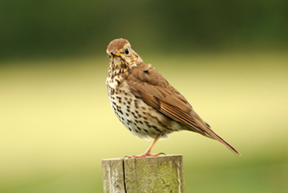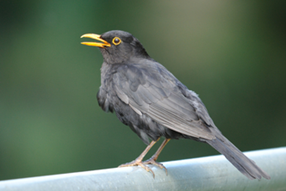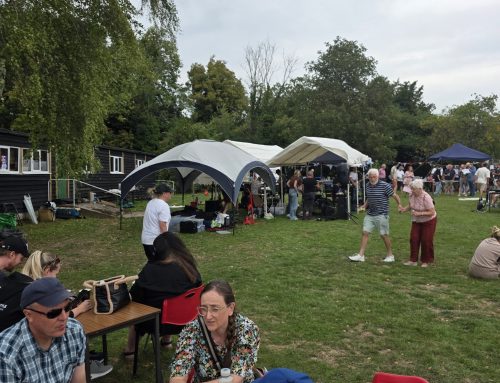Taking place on the first Sunday of May, International Dawn Chorus Day is the worldwide celebration of nature’s greatest symphony. Across the world, people rise early to revel in the sweet sound of birdsong, from rattling wrens in Rotherham to crooning cowbirds in the Caribbean.
And remember, you don’t have to head out to a nature reserve; you can always just open your window – and listen. Dawn Chorus Day has grown from a small event in Birmingham in the 1980s to a global annual celebration, enjoyed in over eighty countries. You don’t need to be surrounded by countryside to enjoy nature’s symphony – cities have songbirds of their own. Beyond the cooing of pigeons, you could hear the serenade of robins and blackbirds, the chatter of house sparrows, and the laughing calls of herring gulls, to name just a few! Who can I hear?
Here are some of the star performers you could hear in the dawn chorus this spring:
- Song thrush:
Often the most confident voice in the dawn chorus, and one of the earliest to start singing. Listen for loud, clear verses repeated 2-4 times. Its habit of repeating song phrases sets it apart from singing Blackbirds. It likes to eat snails, breaking into them by smashing them against a stone with a flick of the head.

- Blackbird:
Another early riser, with a clear and confident voice. The beautiful song is low-pitched and given in short, fluty verses. Unlike the song thrush, blackbirds don’t repeat their verses. Male Blackbirds are black with a bright orange-yellow beak and yellow eye-ring. Females are brown often with spots and streaks on their breasts and brown beak. The Blackbird is one of the most common UK birds and one of the most striking.

- Robin:
Like the larger thrushes, robins start singing early in the morning. The song is clear and beautiful, comprised of rippling notes and whistles. Robins are one of the few birds to sing all through winter. Thanks to its bright red breast, it’s familiar throughout the year and especially at Christmas. Males and females look identical, young birds have no red breast and are spotted with golden brown.

- Blackcap:
This migrant warbler has one of the finest voices in the dawn chorus. Its song begins as a chattering warble, before breaking into louder, clearer flute-like notes. The top of the male’s head is black (its black cap) while the female’s is chestnut brown. Its delightful fluting song has earned it the name ‘northern nightingale’.

One of the most easily recognised voices in the dawn chorus. The chiffchaff’s song is a repetitive “chiff chaff, chiff chaff, chiff chaff”, occasionally with an extra note mixed in.
International Dawn Chorus Day is not just an opportunity to appreciate the beauty of birdsong; it’s also a reminder of the importance of preserving and protecting our natural world. So, this May, set your alarm early, open your window, and immerse yourself in nature’s symphony. You won’t regret it.





